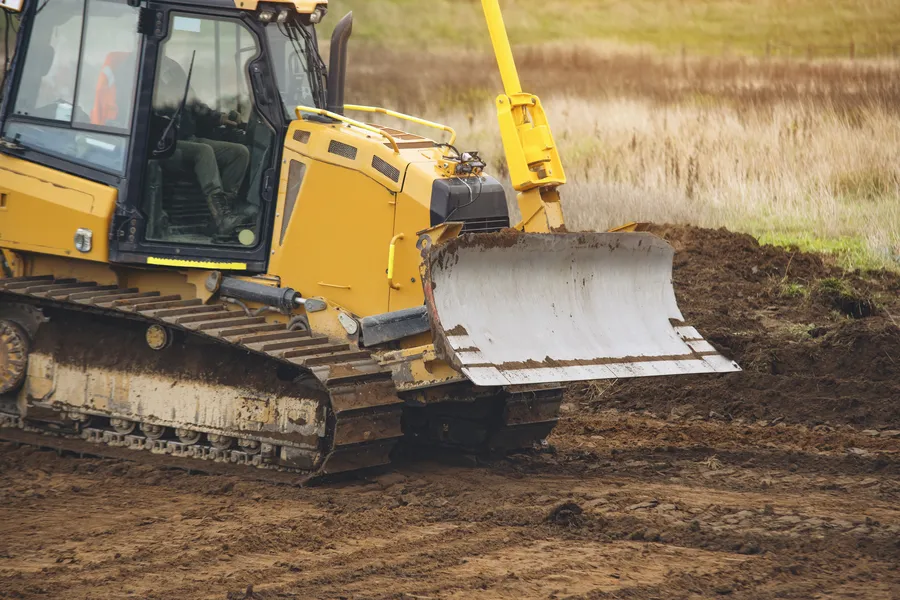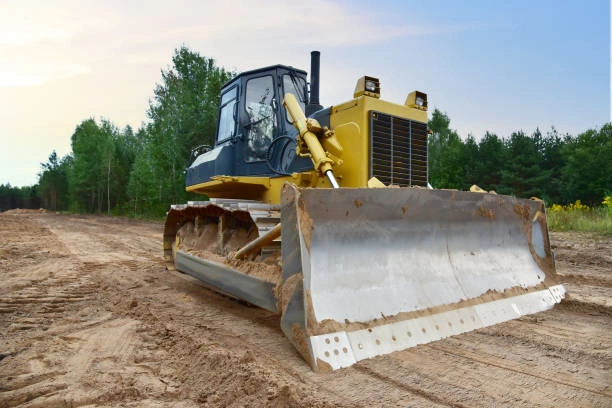The Key to Stable Retaining Walls
Retaining walls are vital for managing soil in sloped areas. They help prevent erosion and make landscapes more usable. But building stable retaining walls requires careful planning and preparation. A crucial step is preparing the land before construction begins. This process involves reshaping the ground surface to create an even base for the wall. By leveling the area, you ensure that the wall will stand firm over time. Proper groundwork sets the stage for a successful retaining wall project.

Why Site Preparation Matters
Site preparation is about preparing the ground to support the structure effectively. Without it, the risk of wall failure increases significantly. The process helps manage water drainage, which is essential for stability. When rainwater collects behind a retaining wall, it can push against the structure with great force. By grading the land, you direct water away, reducing pressure on the wall. Correct preparation minimizes these risks and prolongs the wall’s lifespan.
The Role of Land Grading
Land grading plays an integral role in constructing durable retaining walls. It involves leveling or sloping the earth to control water flow and provide proper support. This step ensures that the soil beneath and around the wall remains compacted and stable. When done correctly, it creates a solid foundation that evenly distributes weight and pressure. This makes the construction more resilient to environmental changes and loads.

Land Grading for Soil Management
Another benefit of land grading is effective soil management. By redistributing soil, you create a balanced environment where pressures are equalized across the wall’s structure. This uniformity prevents weak spots that could lead to cracks or collapse. Additionally, good soil management through grading reduces erosion, protecting both the retaining wall and surrounding landscape from damage.
Steps for Effective Groundwork
To ensure your retaining wall is built on solid ground, follow these steps:
- Evaluate the site to determine natural slopes and drainage patterns.
- Use grading equipment to reshape the terrain as needed.
- Compact the soil thoroughly to create a stable base.
- Implement appropriate drainage solutions like perforated pipes or weep holes.
Common Challenges in Construction
Building retaining walls comes with its challenges. Poor preparation can lead to wall tilting or bulging due to uneven soil pressure. Water accumulation behind the wall might cause it to lean or break if not properly managed. Heavy rains may erode poorly graded slopes, weakening the whole setup. Addressing these issues early on with thorough grading and planning prevents costly repairs and ensures long-term success.
Best Practices With Retaining Wall Projects
For best results, it’s important to employ industry best practices when working on retaining walls. Use high-quality materials that withstand weather conditions and wear. Ensure regular maintenance checks to catch potential problems early. Work with experienced professionals who understand local regulations and soil types. These practices contribute to a robust and reliable retaining wall system.
Cost Considerations for Project Planning
A well-planned project is cost-effective in the long run. Though initial expenses for land preparation may seem high, they save money by preventing future structural failures and repairs. Investing in quality materials and skilled labor enhances durability, reducing maintenance costs over time. Consider these factors when budgeting for your project to achieve both performance and value.
Your Pathway to a Successful Build
Creating a stable foundation is essential for any retaining wall project. Proper land preparation mitigates potential issues and extends the lifespan of your structure. At De Leon's Ranch Services, we specialize in crafting durable solutions tailored to your needs. Based in Blanco, TX, our team offers expert guidance every step of the way. Call us at (210) 729-6623 to discuss how we can assist with your next project.